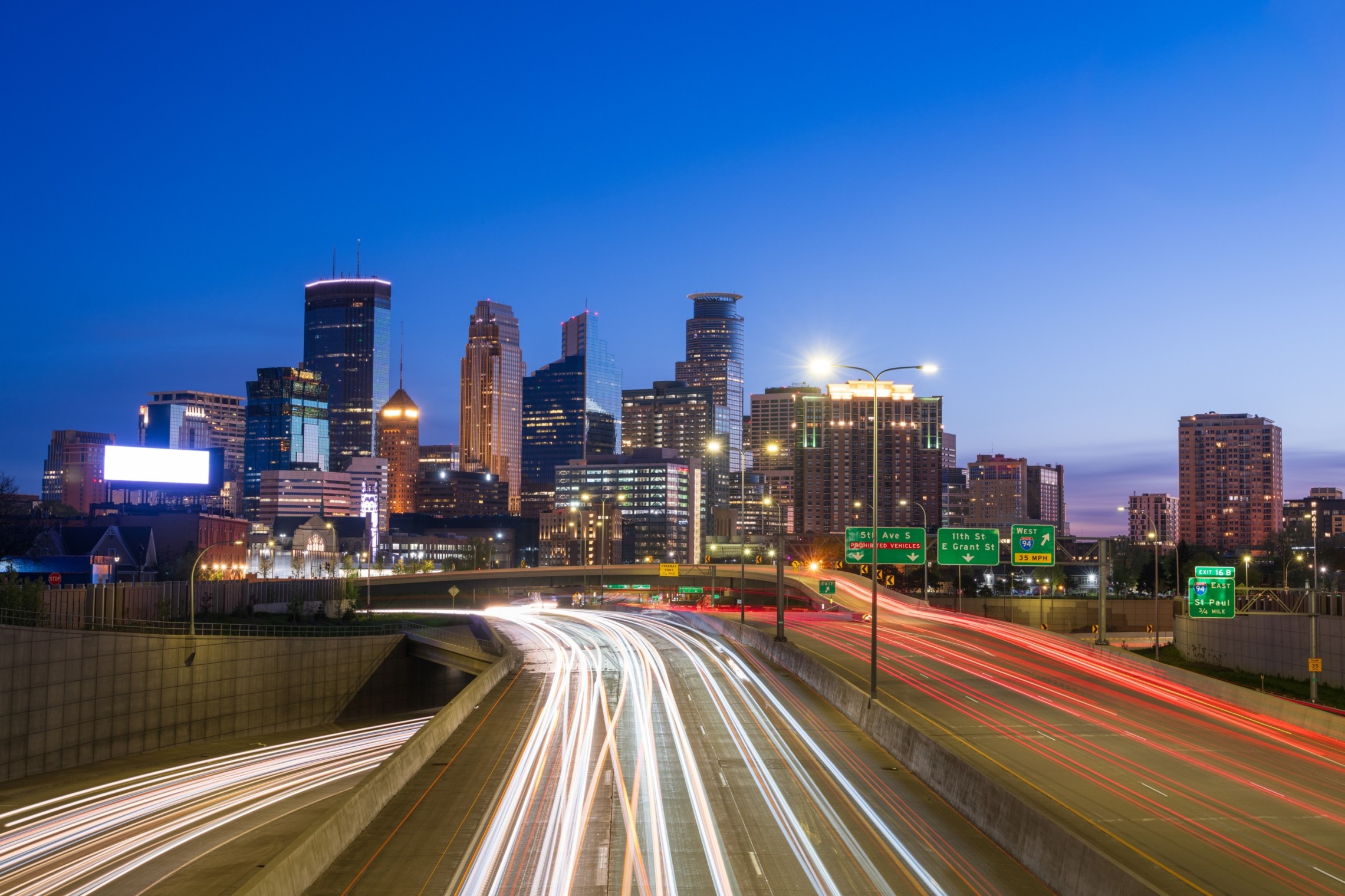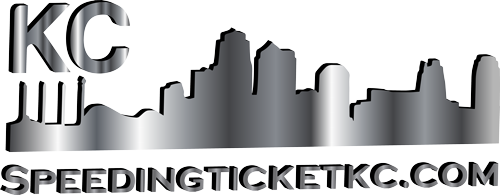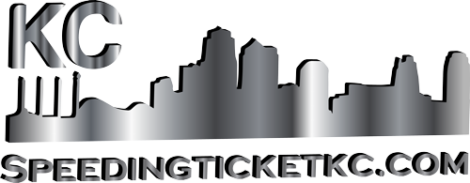Chris Simons, Kansas City Traffic Lawyer, Named Top Contributor by Avvo
How Laser Speed Measurement Works in Kansas City Traffic Law

Understanding Laser Speed Measurement in Kansas City
Laser speed measurement, or LIDAR, is also one of the major weapons Kansas City police use to measure car speed. Unlike radar, which uses radio waves, laser speed guns use light pulses to measure the speed of a car. The equipment helps to enforce speed limits more precisely on city roads and highways.
Laser speed guns are an awesome feature of Kansas City traffic law enforcement. It is utilized by police officers in targeted enforcement, especially where speeding is prevalent or accidents are probable. LIDAR technology is so precise that the expert opinion would be presented in court, provided the officer follows state guidelines while applying it.
How Laser Speed Guns Measure Speed
Laser speed guns shoot a short infrared light burst in the direction of an approaching car. The infrared light bounces back toward the gun, and the gun times the change in distance within an extremely short time interval. That change is used as a measure of the car’s speed.
As compared to the radar, the laser guns target a car individually. It does not allow space for officers to be deceived if there are several cars on the road. The thin beam of the laser gun targets the chosen car only, typically its license plate or head section, to achieve an accurate reading of its speed.
These devices are quick, typically accelerating to a vehicle’s speed in less than half a second. Kansas City police officers enjoy their accuracy and speed, especially in traffic areas.
Legal Use of Laser Speed Devices in Kansas City
Kansas City’s traffic code requires that the police have strict protocols while utilizing laser speed guns. The device must be operated by a certified and trained police officer. The laser gun should also be calibrated from time to time so that it may provide accurate readings.
Officers will normally administer a self-test to their laser gun before patrolling. This ensures the gun functions correctly upon firing and beforehand. These tests are recorded as standard law enforcement procedure.
Tickets read by lasers written on a speed ticket that was taken in the course of court proceedings are valid if these are the current conditions. Kansas City traffic defense lawyers normally review compliance with training and device calibration procedures by an officer when disputing a ticket.
Common Situations Police Utilize Laser Speed Measuring
Kansas City police often use laser guns in congested traffic or problem areas. The common locations are school zones, road work zones, and congested city streets. The objective is to make the roadways safer by arresting those who violate speed laws and fail to respond to warnings.
Laser technology is also used in directed enforcement activities. For example, police officers will take positions at bridges, overpasses, or out-of-view roadside areas where speeding has been a common occurrence. The accuracy of laser reads makes them ideal for picking out one violator amid heavy traffic.
In some cases, police use laser readings in addition to dash cams or body cameras to record video evidence of speeding. The ticket is based on in case that the driver chooses to appeal in court.
Accuracy and Challenges in Laser Speed Measurement
Laser speed guns are remarkably precise when used correctly. They can actually read hundreds of feet away and are less dependent on other cars. Fog, rain, or dirt weather would be a problem because it scatters the light, potentially causing slight fluctuations in speed readings. Kansas City police officers are instructed not to employ laser guns under these adverse conditions.
Courts will throw out a speeding ticket if an officer’s use of the laser gun does not meet test or training standards. Because of that, police agencies keep close tabs on all testing, maintenance, and certification done on their LIDAR units.
Importance of Laser Speed Enforcement in Kansas City
Laser speed enforcement prevents fatalities and reduces accidents. Speeding is among the primary causes of accidents, and laser equipment can detect offenders on time.
The visibility of police vehicles with the equipment deters drivers from speeding since they know they are being monitored. It acts as a deterrent to improve driver behavior in general.
Kansas City police policy and traffic codes are pro-safety, not pro-punishment. Laser speed enforcement reinforces that mission with precise, accurate, and fair speed measurement.
FAQs
1. Is the use of laser speed guns by Kansas City police legal?
Yes. Police use of laser speed guns is legal under the Missouri traffic code to allow for accurate speed enforcement.
2. Can weather affect laser speed measurement?
Yes. Rain, fog, or heavy dust can interrupt laser beams. Officers don’t use lasers in inclement weather.
3. How do police detect speeding without radar or laser?
Police officers can use visual estimation, pacing, or timing methods such as VASCAR to detect speeding without radar.
4. Can I appeal a speeding ticket from a laser gun in court?
Yes. You may contest the ticket if the officer failed to adhere to normal training or test procedures with the device.
5. How far can a laser gun detect the speed of a car?
Laser guns can detect speeds from a few hundred to over a thousand feet, depending on the device and conditions.

